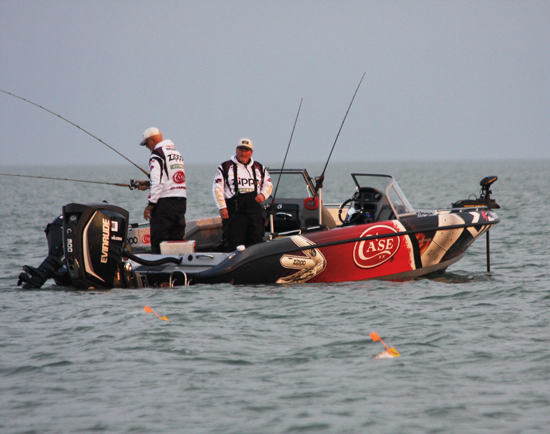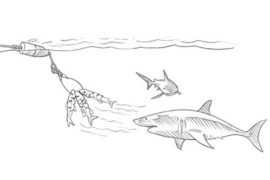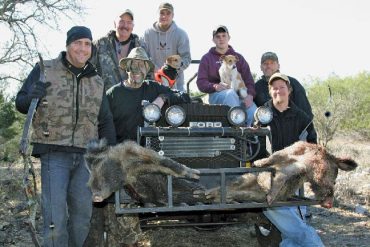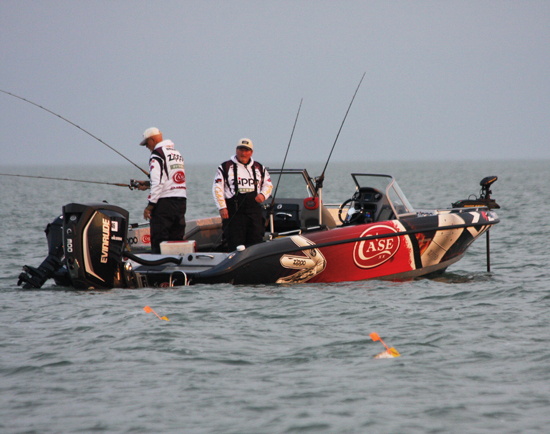
Anglers go to the Great Lakes to be spoiled. They’re a wonderland where diligent anglers are rewarded with limit catches on a daily basis. And what constitutes a trophy walleye from inland waters is commonplace on these fisheries: 10-pounders routine and even 12s don’t garner great fanfare. It takes something pushing 14 pounds to turn heads. Best of all, this exceptional fishing lasts the entire open-water season for anglers who learn to spread lines, cover water quickly, and use tactics from the best captains on the Great Lakes.
Lake Michigan: Upper Green Bay
Walleye fishing on Green Bay is as good as it’s ever been. Numbers are strong and trophy fish can be targeted through August. During late summer, coldwater baitfish, such as alewives and smelt, vacate the lower portion of the bay and big walleyes follow their migration northward to the deeper and colder waters of upper Green Bay.
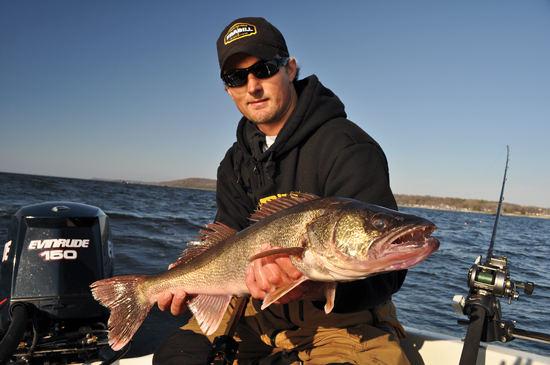
Here captains Bret Alexander and Max Bornemann work as a team to stay on top of highly mobile schools of mature walleyes in the upper Bay. “Unlike smaller ‘eater’ fish in the lower Bay that relate to mudflats and weedbeds for months at a time, trophy walleyes in the upper Bay often travel miles in a matter of days,” Bornemann explains. “So anglers need to fish fast and cover water to capitalize on these roaming giants.”
To avoid spooking fish in the clear waters north of Sturgeon Bay, they run deep-diving minnowbaits on in-line planer boards far from the boat. Bornemann says that running more lines helps to dial in productive color patterns and the depth where fish are concentrated. “My crankbaits of choice include Rapala DHJ-12s, Bandit Deep Walleye Baits, Bagley Rumble Bs, and Berkley Flicker Minnows. These baits have large profiles to match baitfish in late summer. The biggest mistake anglers make is fishing deeper than the fish. Active walleyes hold higher in the water column, and in clear water, they swim up to hit a lure. When deciding on a spread of lures or when fishing new water, I divide the water column into thirds and place lures in each third. This is a great way to begin figuring out a pattern. I troll at 1.5 to 2.4 mph to cover water faster than other popular presentations such as crawler harnesses.”
To locate deep walleyes, Captain Alexander looks first at reefs topping out in 15 to 20 feet of water with access to 40 to 50 feet. Windy conditions are helpful as they make fish less skittish and also concentrate baitfish against the windward side of the structure. “During windy days,” Alexander says, “pay particular attention to underwater points, cups, and troughs that can be scanned quickly with Humminbird’s Down-Imaging and Side-Imaging sonar. Since currents are created by these structural elements, it’s critical to pay attention to the direction of your trolling pass when you catch fish. Often, one direction outproduces the other by a wide margin. Anglers should pull lines in at the end of a successful trolling pass to repeat it from the same direction, instead of running the same trolling pass in the opposite direction.”
Lake Ontario: Bay of Quinte
There is no place better on the Great Lakes to target 14-pound-class walleyes than Bay of Quinte in fall, and there’s no better captain than Tom Gustar. He’s been putting clients on personal-best walleyes for decades and has fashioned a system to maximize his odds at landing trophy fish each time out.
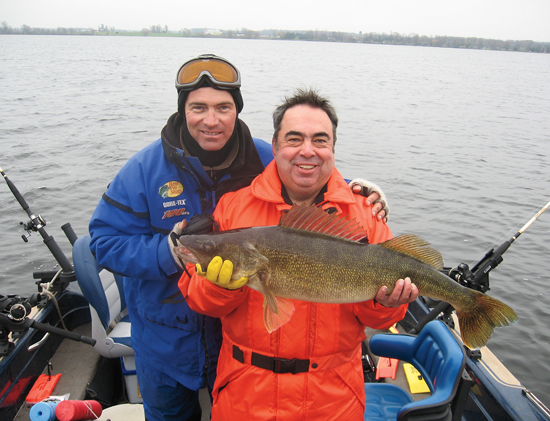
“What sets Quinte apart is that it has a resident population and a migratory population of walleyes, and each behaves differently,” Gustar says. “A look at a map helps illustrate the dynamics of each of these groups. The Bay of Quinte is basically an estuary, consisting of a river basin conglomerate, which dumps into Lake Ontario. The migratory population of walleye leaves Quinte for Lake Ontario after the spring spawn and returns in fall, so October through the end of the year is the best time to catch the walleye of a lifetime.”
Quinte, along with the West and East Kingston basins, offers plenty of great structure for fall trolling, but Gustar favors Adolphus Reach. This is partly because anglers are permitted to use two rods per person. More importantly, it serves as an entry point for migrating fish returning in fall.
Here he trolls large deep-diving minnowbaits such as Mann’s Stretch 20s, Reef Runners, and Rapala Taildancers on 20-pound monofilament. “Anything with purple gets my vote,” Gustar says….

